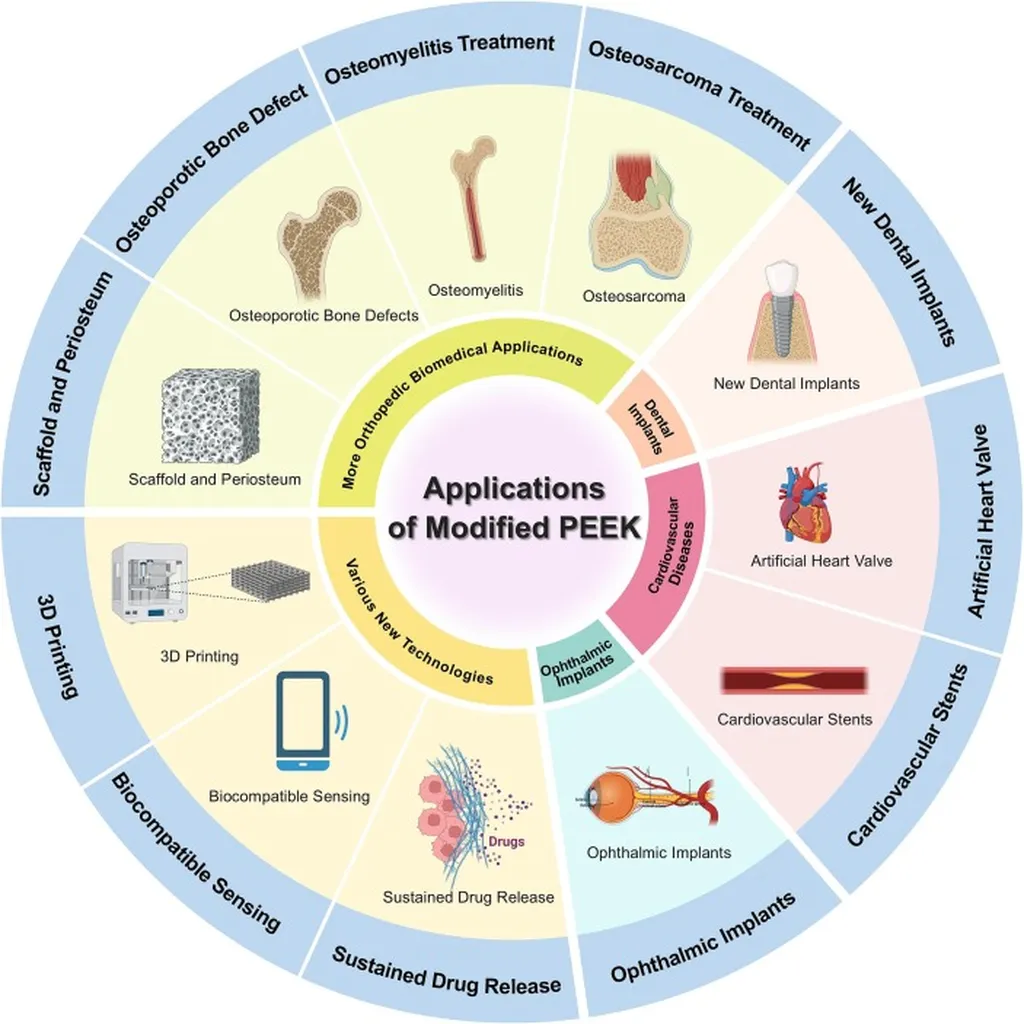In the rapidly evolving world of additive manufacturing, a groundbreaking study has emerged that could significantly impact the production of orthopedic and dental implants. Researchers, led by O.V. Tkachuk from the Karpenko Physico-Mechanical Institute of the National Academy of Sciences of Ukraine, have explored the effects of heat treatment on the corrosion behavior of Ti-6Al-4V alloy, a material widely used in medical implants. Their findings, published in the journal “Results in Materials” (which translates to “Results in Materials” in English), offer promising insights into enhancing the durability and performance of these critical components.
The study focuses on Ti-6Al-4V alloy samples fabricated using selective laser melting, a cutting-edge technology known for its high production efficiency and minimal material waste. This method is particularly advantageous for creating complex shapes, such as spherical implants, which are often required in medical applications.
Tkachuk and his team investigated the impact of post-heat treatment on the microstructure and corrosion resistance of the alloy. Their research revealed that heat treatment below the polymorphic transformation temperature led to significant improvements. “We observed a growth of the β phase and a decrease in the α′ martensite and microstrain in the α/α′ lattice,” explained Tkachuk. This structural transformation resulted in enhanced corrosion resistance of the Ti-6Al-4V alloy when exposed to Ringer’s solution, a fluid commonly used to simulate body fluids in laboratory settings.
The implications of this research are far-reaching, particularly for the energy sector. As the demand for more efficient and durable materials continues to grow, the findings from this study could pave the way for advancements in various industries. For instance, the improved corrosion resistance of Ti-6Al-4V alloy could lead to the development of more robust and long-lasting components for energy infrastructure, such as pipelines and turbines, which are often subjected to harsh environmental conditions.
Moreover, the study’s focus on additive manufacturing highlights the potential for this technology to revolutionize the production of critical components across multiple sectors. By leveraging the advantages of selective laser melting, manufacturers can achieve greater precision, efficiency, and sustainability in their processes.
As the energy sector continues to evolve, the need for innovative materials and manufacturing techniques becomes increasingly apparent. The research conducted by Tkachuk and his team offers a glimpse into the future of material science, where advancements in technology and understanding of material behavior can drive significant improvements in performance and durability.
In conclusion, the study published in “Results in Materials” not only sheds light on the potential of heat treatment to enhance the corrosion resistance of Ti-6Al-4V alloy but also underscores the broader implications for the energy sector. As researchers continue to explore the capabilities of additive manufacturing and material science, the possibilities for innovation and progress are endless.

